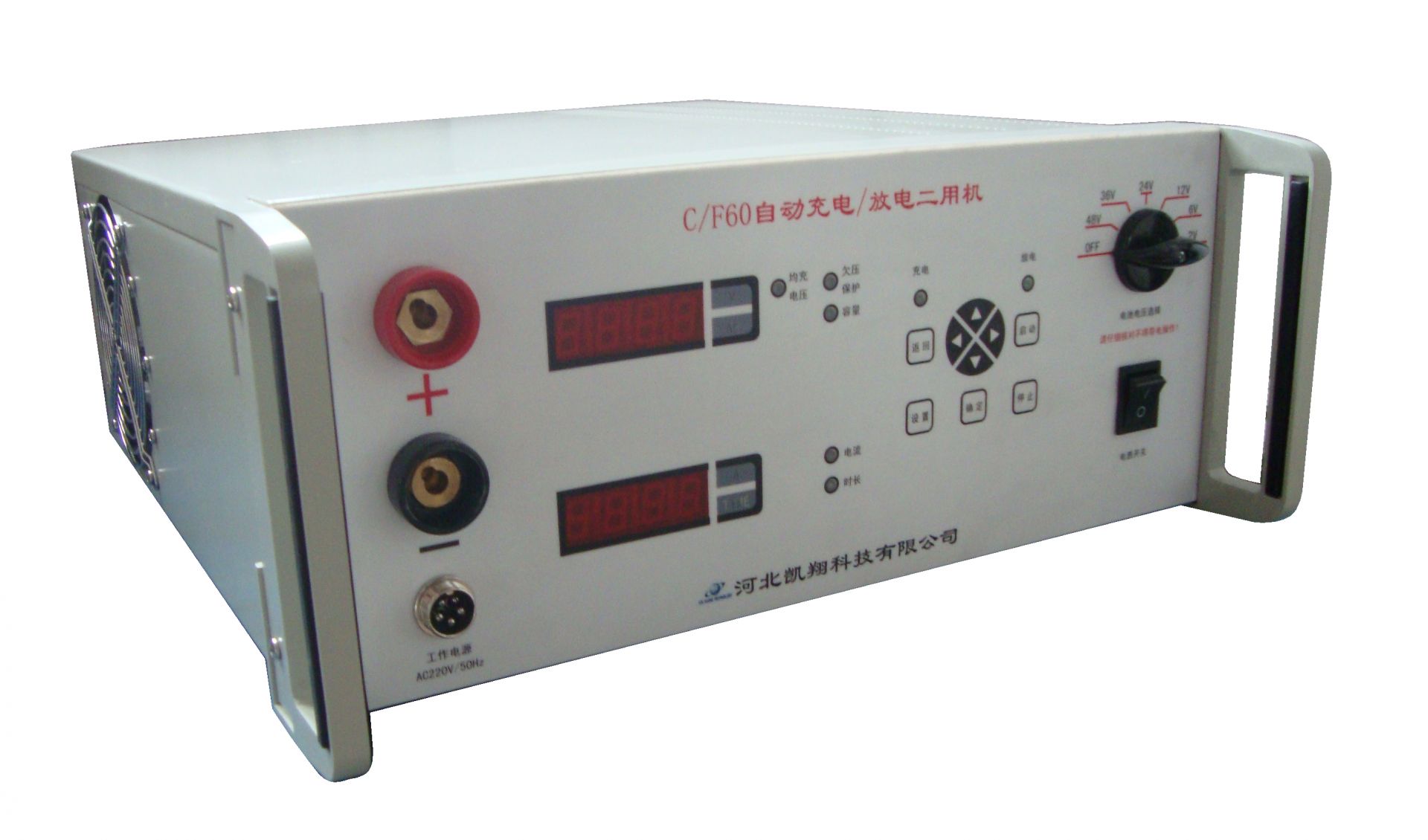Main Characteristics of DC Load Banks
Time:2024-07-16
The DC load bank, as a vital power testing equipment, plays a crucial role in various fields such as electronics, communications, power, and optoelectronics. Its unique design and technical features enable it to stably and efficiently simulate various load conditions in complex environments, thereby providing precise testing and evaluation for power supplies or electrical devices. Below, we will delve into the key characteristics of DC load banks.
1. Stability
DC load banks exhibit a high level of stability, maintaining consistent performance over extended periods of operation. This is primarily attributed to their advanced cooling systems and intelligent control algorithms. The sophisticated cooling systems effectively manage device temperatures, preventing overheating that could lead to performance degradation or damage. The intelligent control algorithms, on the other hand, continuously monitor and adjust the device's operating state to adapt to external environmental changes, ensuring stability under various conditions. Additionally, DC load banks contribute to grid stability by effectively suppressing fluctuations that could impact test results.
2. Adjustability
The adjustability of DC load banks is another prominent feature. By modulating the impedance or power of the load bank, users can simulate diverse current and voltage levels to meet the testing requirements of different electrical devices. For instance, when conducting energy efficiency tests on power supply equipment, DC load banks can adjust power consumption precisely to measure the device's efficiency performance. This adjustability makes DC load banks applicable across multiple domains, including power supply testing, electric vehicle and charging station testing, and electronic component testing.
3. High Precision
The high precision of DC load banks is evident in their ability to accurately measure current, voltage, and power. Advanced sensor technology and digital measurement systems ensure the accuracy and reliability of measurement results, catering to the needs of high-precision testing. For example, in the performance testing of electric vehicle charging stations, precise measurement of charging current and voltage is crucial, and the high precision of DC load banks facilitates this. This accuracy not only enhances test precision but also bolsters the reliability of test results.
4. Protection Functions
To ensure the safety of equipment and testers, DC load banks incorporate comprehensive protection functions. These include overcurrent protection, overvoltage protection, and short-circuit protection, which promptly disconnect power or reduce load when abnormalities occur, preventing equipment damage and injuries. For instance, when a battery pack's voltage falls below the protection threshold, the DC load bank automatically shuts off the load to protect the battery pack from over-discharge damage. This comprehensive protection mechanism renders DC load banks safer and more reliable during testing.
5. Multi-channel Design
To accommodate simultaneous testing of multiple devices, DC load banks often adopt a multi-channel design. This design allows the device to simulate multiple load conditions during a single test, enhancing testing efficiency. Furthermore, multi-channel design enables parallel testing, further shortening test cycles. Not only does the multi-channel design boost testing efficiency, but it also reduces testing costs, making DC load banks widely applicable across various fields.
6. Programmability
The programmability of DC load banks enables customized configuration based on users' specific requirements. Through a simple programming interface, users can set and control various device parameters, automating and intelligentizing the testing process. Additionally, programmability facilitates future upgrades and maintenance, allowing users to flexibly adjust and optimize testing procedures according to their needs, thereby improving test efficiency and accuracy.
7. Display and Control
DC load banks typically employ LED digital displays to show parameters such as voltage, current, and capacity, providing a clear overview of test results. They also feature diverse control functions, such as current regulation knobs for constant-current discharge and keyboards for setting battery pack protection voltages and discharge currents. These control functions simplify and intuitivize the operation of DC load banks.
Conclusion
In summary, DC load banks, with their stability, adjustability, high precision, protection functions, multi-channel design, programmability, and convenient display and control features, play a significant role in multiple fields. As technology advances and application areas expand, the performance and capabilities of DC load banks will continue to be optimized and enhanced, providing more reliable and efficient solutions for testing and evaluating power and electrical devices.
News Recommendation
-
 2024-09-11
2024-09-11TRIUMPH LOAD EXHIBITING AT Enlit Europe 2024 -BOOTH 7.H08
-
 2023-04-21
2023-04-21TRIUMPH LOAD EXHIBITING AT DATA CENTER WORLD GERMANY 2023-BOOTH F909
-
 2023-04-06
2023-04-06TRIUMPH LOAD EXHIBITING AT ELECTRIC POWER TECH KOREA 2023 – Booth G109
-
 2022-05-05
2022-05-05What is the role of ac load bank for power supply?
-
 2022-05-05
2022-05-05What is the role of the load bank?


